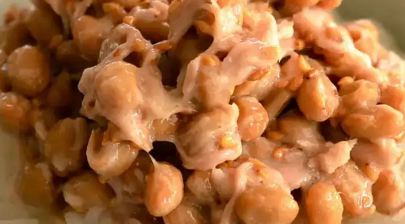0.Intrigued? Give it a try and explore the fascinating world of fermentation!
Welcome to a clear and concise introduction to natto, a traditional Japanese dish made from fermented soybeans. Revered for its numerous nutrients and health benefits, some even believe natto holds the key to longevity. However, its strong, pungent aroma and sticky texture make it one of Japan’s more polarizing foods.
While it may take some getting used to, many grow to appreciate its distinct taste, especially when paired with rice and condiments. Whether you’re a curious traveler, a business visitor, or a student eager to explore Japan’s rich culinary culture, this experience is for you!
If these descriptions spark your curiosity, why not taste this extraordinary dish for yourself? We, as local guides, are excited to introduce you to this unique aspect of Japanese cuisine!
1. Does This Intrigue You?
For those unfamiliar with this traditional dish, I’ve prepared a brief introduction to one of the most fascinating worlds of fermentation. If this sparks your curiosity, why not experience the magical flavor, aroma, and texture of natto for yourself.
1.1 Is Natto the Key to Longevity?

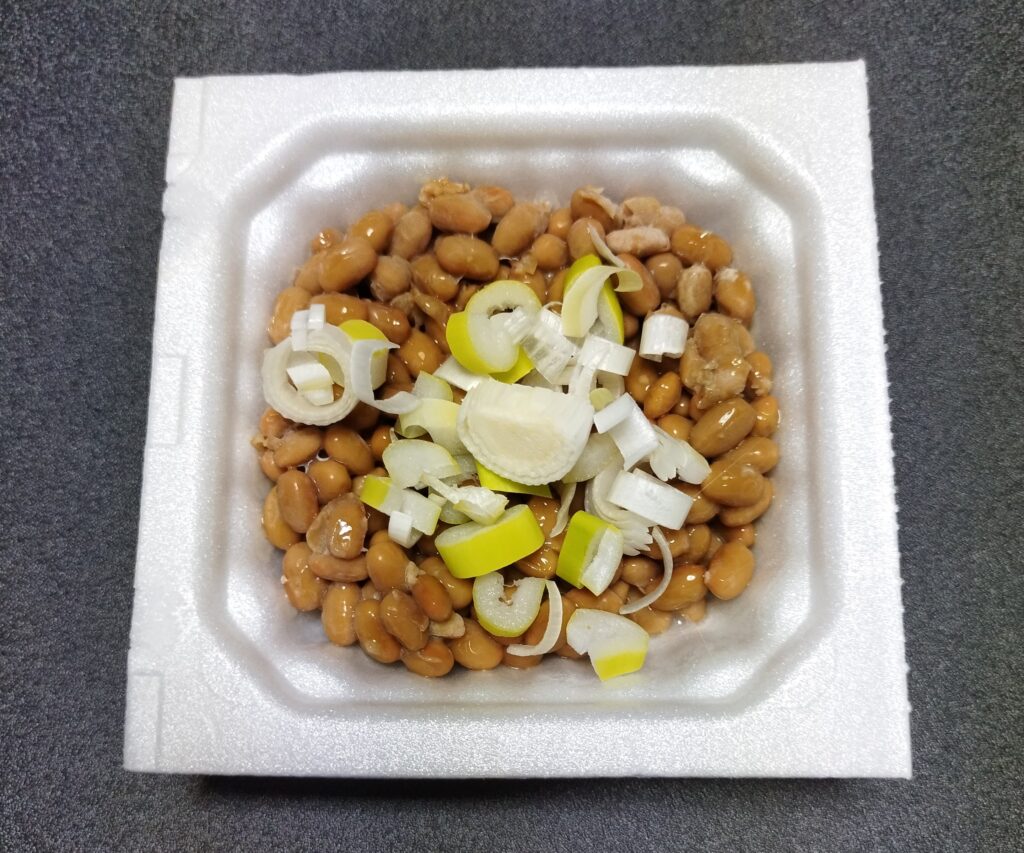
- Natto, a traditional Japanese fermented food, is gaining recognition worldwide for its numerous nutrients and health benefits, and some even believe it holds the key to longevity.
2.2 Is There a Fine Line Between Love and Hate for Japanese Food?
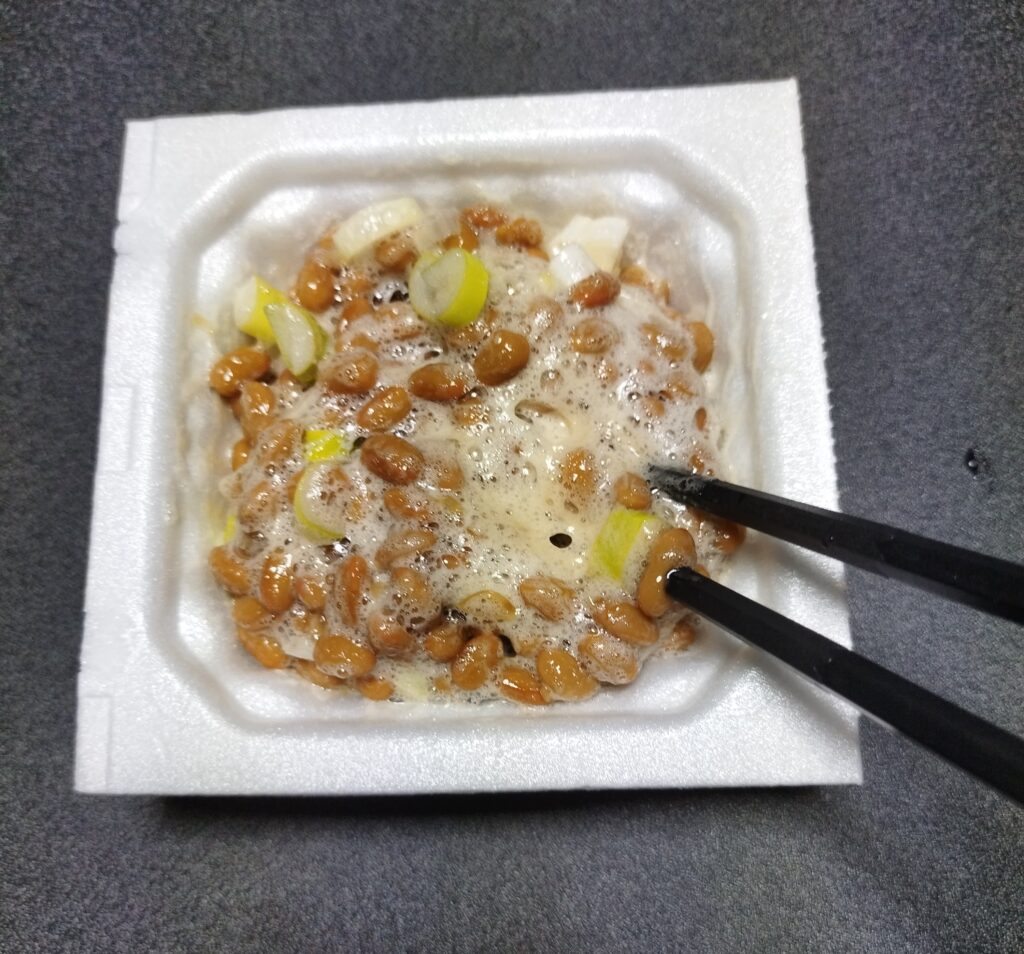
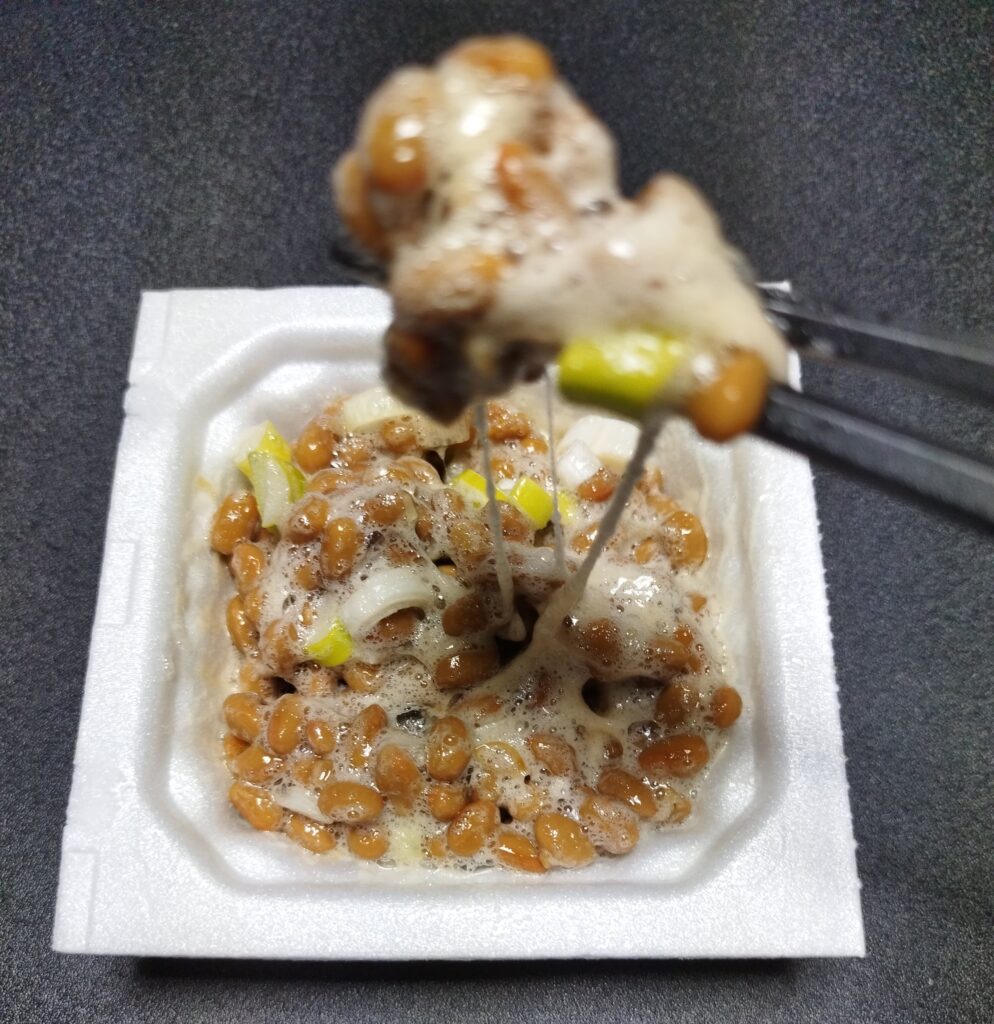
- Although natto (fermented soybeans) is often the least favorite Japanese food, even among wa-shoku-loving foreigners, due to its strong, pungent flavor and sticky texture, many grow to enjoy it once they get used to it.
3.3 A Junk Food Lover’s Remedy?

- Natto is extremely nutritious, rich in vegetable protein, fiber, and minerals, and is believed to help thin the blood, which leads many junk food lovers to consume it almost like medicine out of concern for their health.
2.Do the following messages convince you?
If the previous section didn’t capture your interest, fear not! I’ve delved deeper into each theme. If any of these messages intrigue you, please give it a try again!
2.1 Architecture and Craftsmanship
👉Now a Natto Expert in Your Own Country?
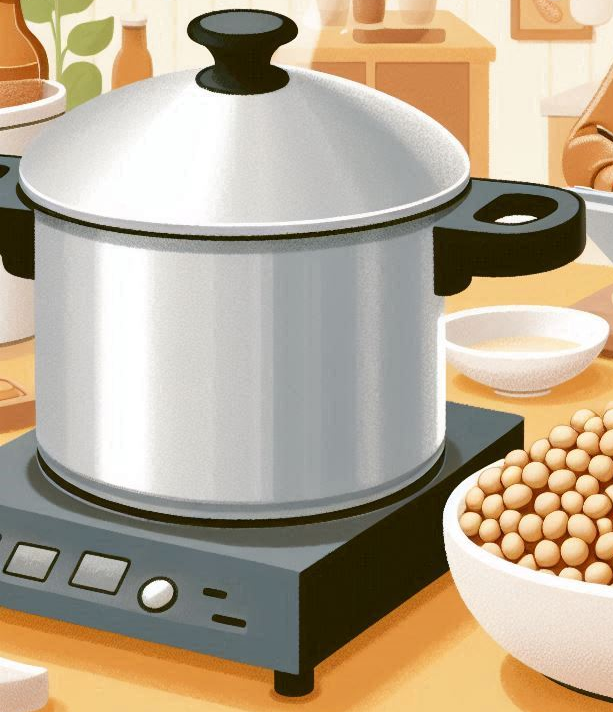
- Anyone can make natto at home by purchasing natto bacillus, but by honing your skills—such as boiling soybeans thoroughly with a pressure cooker or adjusting the level of fermentation based on the size of the soybeans by observing them—you might become a natto expert in your home country.
2.2 Fashion
👉Natto in Style at the Bar?
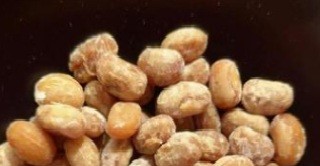
- If you want to enjoy natto fashionably while sitting at a bar counter with your legs crossed, we recommend trying freeze-dried snack-type natto. It pairs well with drinks and eliminates natto’s characteristic smell and stickiness.
👉Is Natto, the Two-in-One Superfood, Bad for Beautiful Skin?

- Having natto at breakfast can boost your metabolism for the day with its high-quality protein, while eating it before bed can help your skin recover overnight with its B vitamins. However, eating natto twice a day may be too much for your skin beauty. Period!
2.3 Art
👉Could You Mistake It for the Real Thing and Chip a Tooth?
- A realistic-looking wooden carving of natto (fermented soybeans) has been gaining popularity on the Internet. Each wooden board, the size of a natto package, is carefully carved by hand and skillfully varnished to realistically capture the white, gooey texture on the surface, making it artistically appetizing.
2.4 Food
👉 Is the Sliminess a Sign of Freshness?
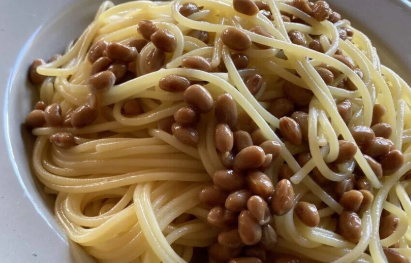
- Natto is a traditional Japanese food with an earthy, uniquely pungent odor and slimy texture. Despite this, it has become a refreshing addition to Western cuisine, often featured in menus that combine it with pasta, toast, and Japanese omelets (tamagoyaki).
👉 Tempura Natto—Watch Out for the Broth!
- For health-conscious vegans who don’t like the slimy stickiness of natto but still want to try it, we recommend crispy tempura natto with a crunchy coating. Just be careful not to dip it in tempura sauce that contains fish broth.
2.5 The Japanese
👉 Would You Marry Someone Who Eats Natto?
- Natto is often considered synonymous with Japanese food, but many people in western Japan do not actually eat it. In the past, some were unaware of its existence until they were transferred or went to college in eastern Japan. Some even argued that they might avoid marrying people in eastern Japan because they eat natto.
👉 Is a Japanese Home a Spider’s Web or a Silkworm Farm?


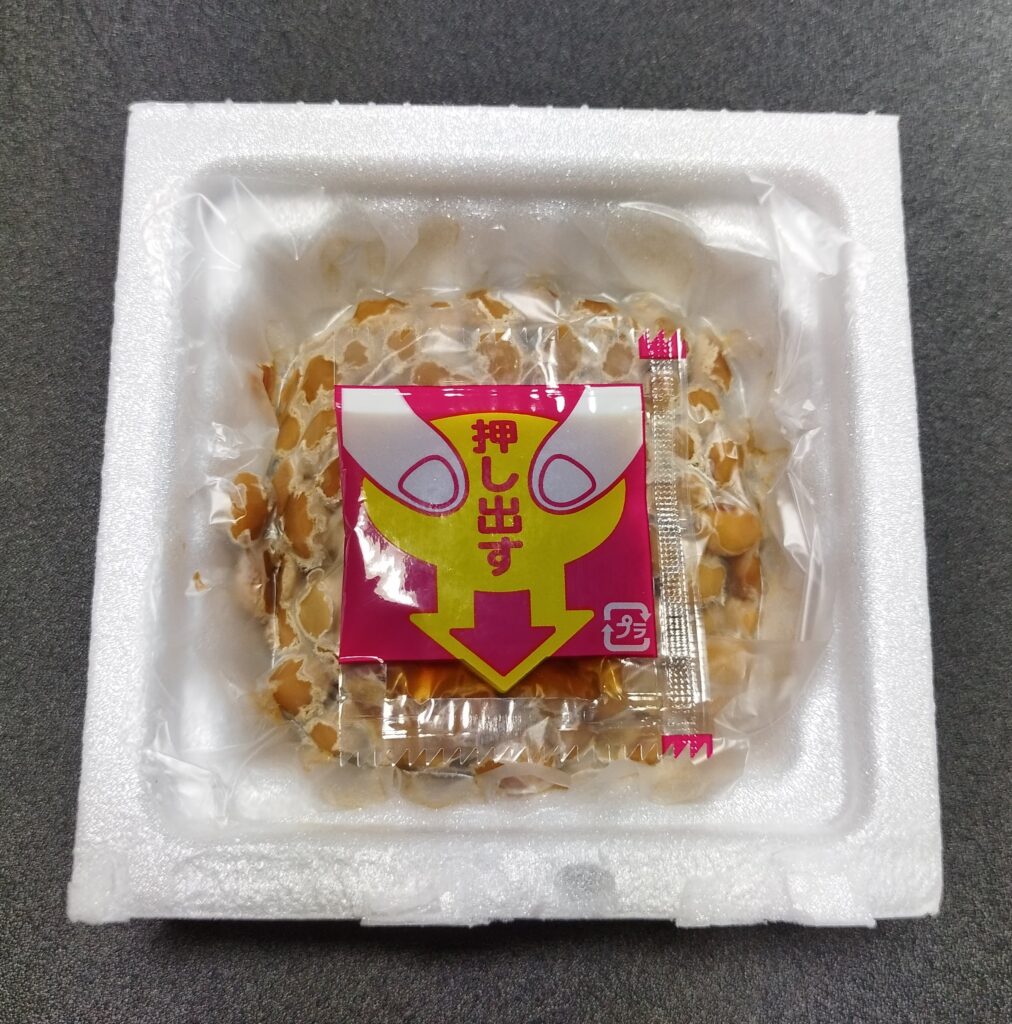
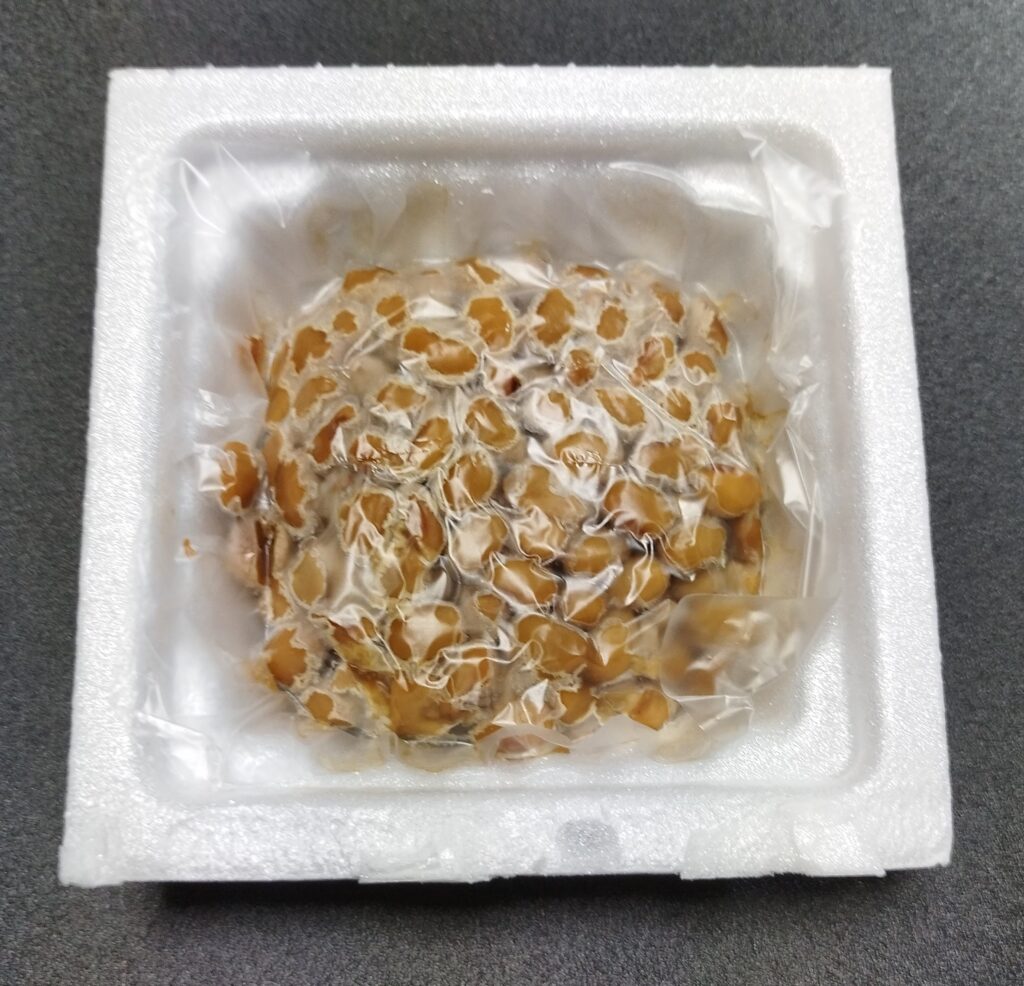

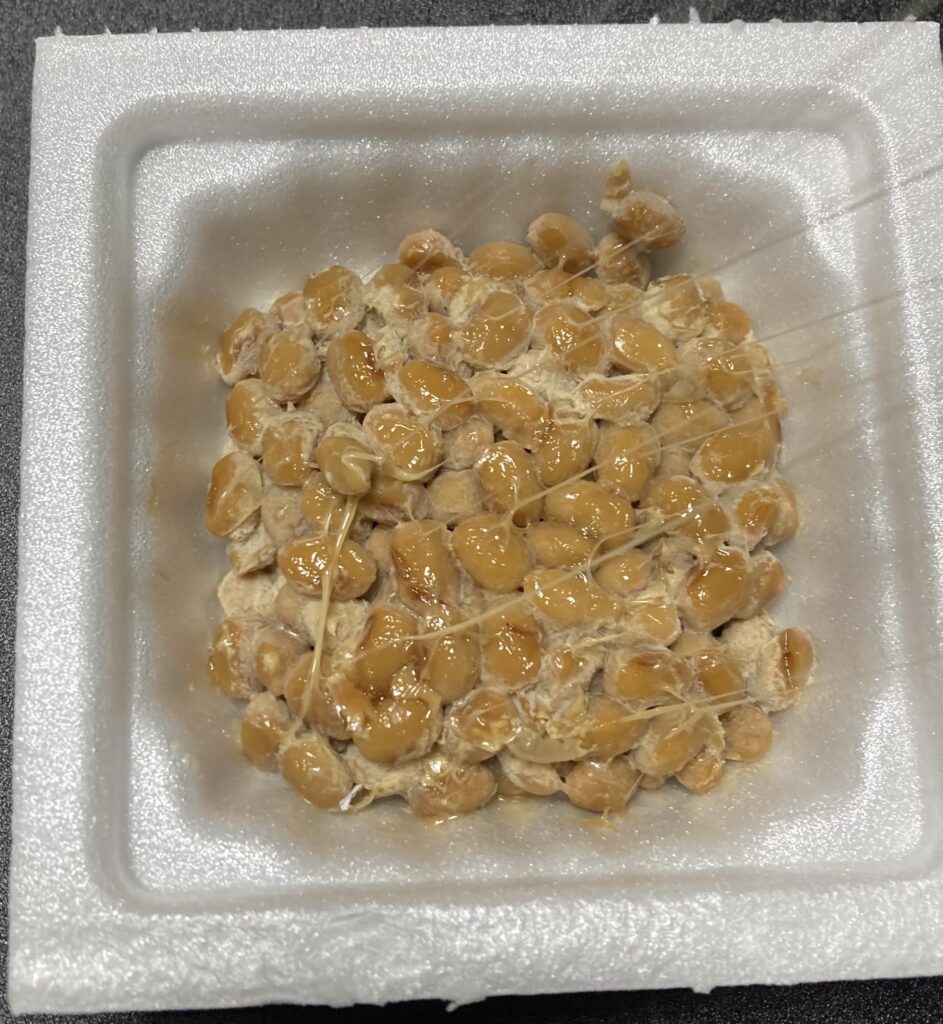
- You can buy natto at a convenience store for under $1 for three packs. When you open the lid of the styrofoam box, you’ll find a thin plastic cover, beneath which the pungent-smelling soybeans lie. As you peel off the cover, sticky strings stretch from the surface of the soybeans and drift through the air, as thin and light as spider silk or the threads spun by silkworms. Don’t you feel like a Japanese home that holds this kind of food as a daily staple might be a spider’s web or a silkworm farm?
Thank you & Afterwards
Thank you very much for reading to the end of this issue. If you have any comments or requests, please feel free to contact us at the Help Desk.🔶Gold🔶R7.v.4b.4b.3a/+250508
